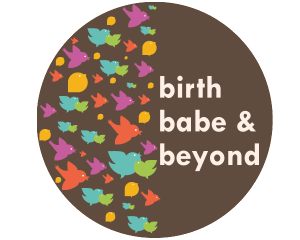The quality of the brief dictates the quality of the product
The crucial part of any project is the brief. Hands down, every time, if there are issues with the end product it's generally because the brief was incomplete, incompetent or incorrectly communicated.
I've had many different types of briefs over the years from two words "birds" and "tangerine" (see previous post "28" for the outcome) to multiple, convoluted phone calls with a lot of "sort of" and "likes" in the conversations.
It's easy for me to say, I'm a writer, words are my thing but for many people conveying what they want in actual words that other people will understand can be challenging, to say the least.
I've been surprised by the swift, positive outcomes that have resulted from bare bones briefs and have disappointed the client who provided highly-descriptive, copy-heavy briefs.
It's about expectations.
I have a certain expectation of clients to have a rough idea of what they want at the end of the project while in some instances clients expect me to be a mind-reader. My aim is to meet somewhere in the middle.
My goal is to provide the client with exactly what they want at the end of the project, even if it's not exactly what they expected. Some clients just want you to "run with it" and create something that you feel will meet their expectations and most often are delighted with the result while others will give me a disjointed group of words from which I elicit what I feel they want from me and we can both be disappointed with the result especially as writing and design are so subjective!
So, before you approach a writer, designer, PR person i.e. me, take a minute to sit down and work out what you want at the other end of the project.
I have a briefing process that I go through with clients that involves defining precisely what is required from the project as well as who and what the company is and how and why they exist. Simple information put simply can save a lot of misunderstanding and wasted time in the long run.
For a quick guide on what NOT to do, read this.
